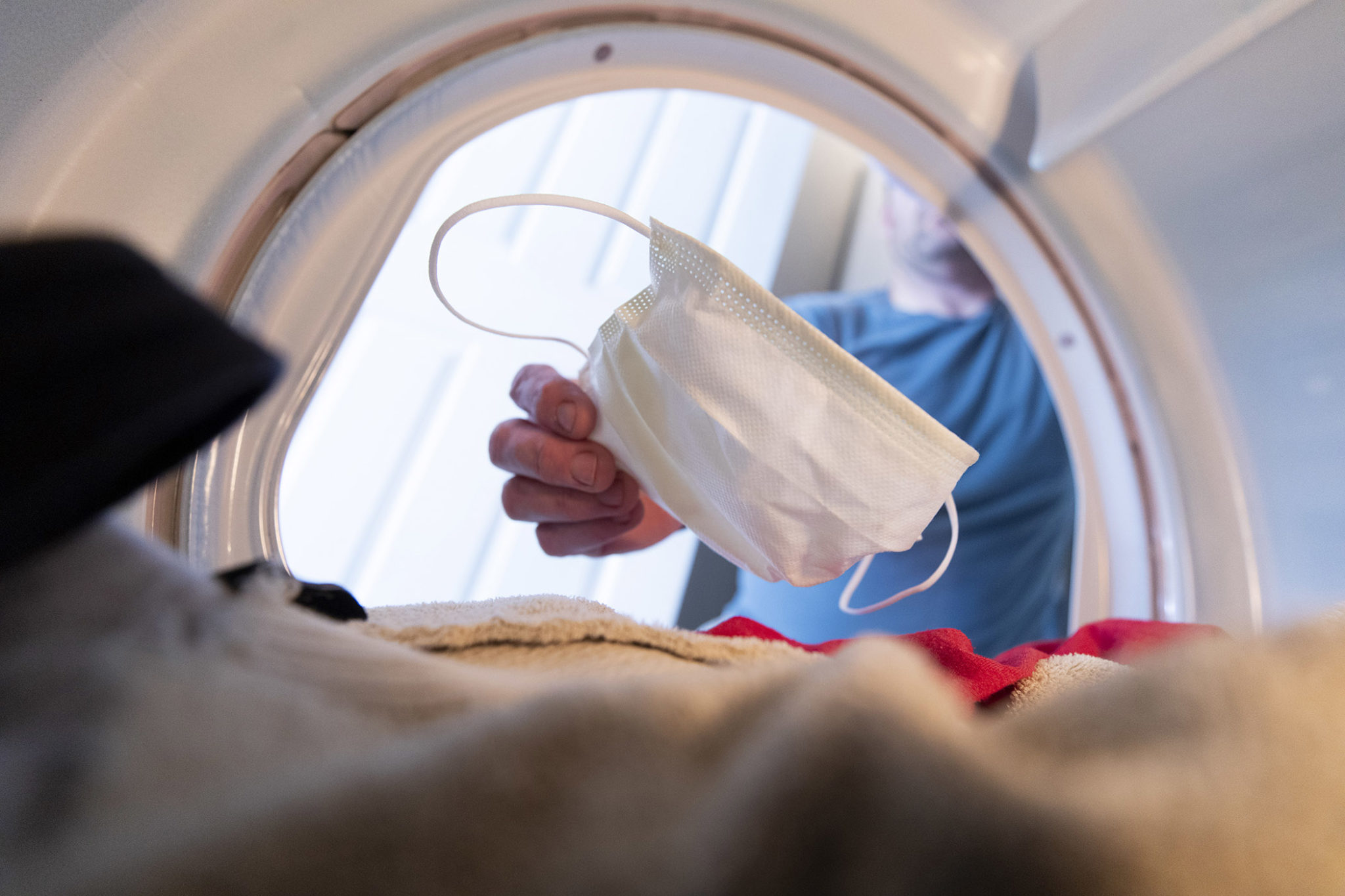As many of us are entering a second month of sheltering in place, our households are getting used to a new normal – fewer grocery trips, wearing masks in public, ordering more online and adopting additional practices to disinfect those masks, shipping boxes and plastic shopping bags.
But we may be making a crucial mistake in our decontamination efforts.
Heat is key to killing coronavirus, said Travis Glenn, professor of environmental health science at the University of Georgia College of Public Health.
“Coronavirus lives a few days on many surfaces at room temperature, but it dies far faster at higher temperatures. It will also live a lot longer if the temperatures are low,” said Glenn. “Storing packages in a cold garage is not likely to reduce coronavirus on or in those packages.”
Thanks to a study published in March in the New England Journal of Medicine, we learned how long the novel coronavirus can stick around on different common surfaces. For example, the novel coronavirus will linger on cardboard shipping boxes for 24 hours, plastics for up to three days, and stainless steel for up to three days.
These findings immediately appeared in news headlines and have been repurposed into at-home decontamination guidelines, but many guides and news stories omitted the key detail that these time periods were only true at room temperature, around 72 degrees F.
Storing delivery boxes in the garage for a few days to allow any possible coronavirus contamination to die off was Glenn’s sister’s strategy.
“My family is all back in the Midwest. Over the past two weeks, all of them have been hit with snowstorms. It struck me that coronavirus is not going to die on packages in their garages when it’s that cold,” he said. “I told my family to bring their packages inside. Once we turn on the AC, then leave the packages in the garage.”
Heat can also be wielded as a tool, said Glenn.
SARS-CoV-1, a strain that is very similar to the novel coronavirus that causes COVID-19, is known to become inactive at high heats, around 130 to 150 degrees F, in a short amount of time.
“If you heat a material up to 130 degrees F, which is the high setting on a dryer or a very low oven setting, you only need about 20 minutes to kill greater than 99.99% of the virus,” said Glenn. “If you’re heating up to 150 degrees F or higher, then you only need about five minutes to kill greater than 99.99%.”
While it’s not practical to toss an Amazon package or a meal kit delivery in an oven or dryer, it could be a very effective way to disinfect face masks.
“If you wash and dry a cloth face mask on high heat, then you should be good to go,” said Glenn, and you may be able to disinfect a cloth mask just by running it through a hot dryer cycle.
For people who use medical grade masks or masks that can’t be laundered, heat is still a friend.
“More testing needs to be done, but we know that the warmer you make it, the less time it takes for the virus to die,” said Glenn. “We are all being encouraged to wear face masks when we are shopping or doing other essential tasks outside our homes. Parked cars get pretty hot on sunny days. So, you can either rotate two masks, leaving one in the car while you shop, or just leave your mask in your car when you get home, as long as you’re parking someplace warm.”
This may be welcome news for health care and essential retail workers who wear masks daily and may need a faster or more convenient way to disinfect between uses.
– Lauren Baggett
Read the story at UGA Today. Additional coverage via Forbes, News18, Auto123, The Nation Thailand, Thai PBS World, Motor1, Paultan.org, Stylus and Asia One.
Posted on April 26, 2020.







